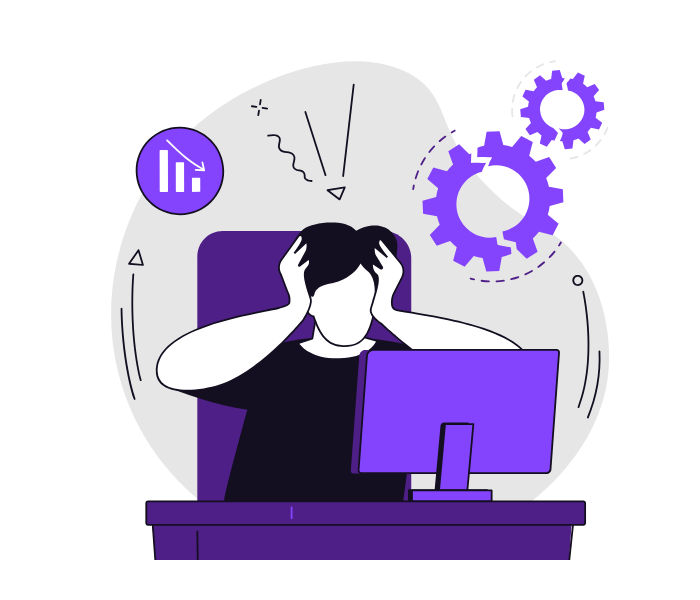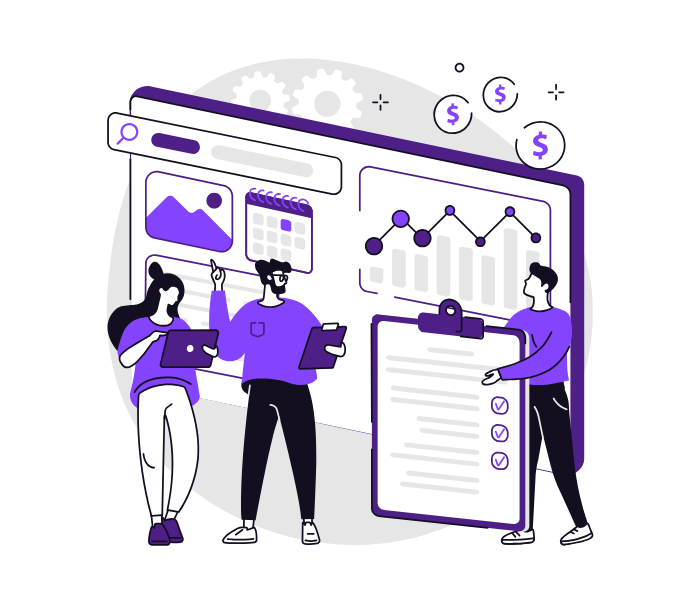By Pip Duma
Tags: Reporting, System Integration, Consultancy
5 Signs You’ve Outgrown Your Current Reporting Tools
As your business grows, so does the complexity of your data.
What once worked perfectly for small-scale reporting can quickly become a bottleneck when you’re managing multiple systems, expanding teams and increasingly complex customer needs.
Many businesses reach a point where they’ve simply outgrown their reporting tools — relying on outdated dashboards, static reports, or endless spreadsheets to keep things running. It works… until it doesn’t.
Here are five clear signs that it might be time to upgrade your reporting tools and take a smarter, more connected approach to data.
1. You’re Spending Too Much Time Piecing Data Together
If your team is constantly exporting information from different systems just to create a basic performance report, that’s a sure sign you’ve outgrown your current reporting setup.
Manual data handling not only eats up time but introduces inconsistency and errors. By the time your report is finished, the numbers are often out of date.
A modern reporting solution brings all your key data into one live dashboard, giving you accurate, up-to-date insights, without the endless copy-paste cycle.

2. You Can’t Get the Answers You Need Without Technical Help
If every new question requires a developer or analyst to pull data, your reporting tools are holding you back.
Your team should be able to explore data on their own — filtering, comparing, and drilling down without needing technical assistance. Intuitive dashboards put power back in the hands of decision-makers, making data a natural part of day-to-day conversations rather than a quarterly exercise.

3. Your Reports Focus on the Past, Not the Present
Traditional reporting tools tend to give you a snapshot of what has happened, not what’s happening right now.
If your reports are always a week behind or disconnected from daily operations, you’ve outgrown your reporting tools.
Upgrading to real-time reporting helps your business stay proactive — spotting issues, identifying opportunities, and responding faster than ever before.

4. Everyone’s Working From Different Numbers
You might hear it in meetings: “That’s not what my report says.”
When each department uses its own tools or formats, data becomes siloed and trust in the numbers erodes. This is another clear indicator you’ve outgrown your reporting tools.
A connected, centralised reporting platform creates a single source of truth. Everyone sees the same metrics, in the same format, at the same time — building confidence and alignment across your teams.

5. Your Reporting Doesn’t Scale With Your Business
As your organisation grows, so should your reporting capabilities.
If your tools can’t handle increasing data volumes, more users, or additional data sources, it’s time to upgrade your reporting tools.
Scalable reporting platforms evolve with you — integrating new systems, expanding visibility, and keeping insights relevant no matter how complex your business becomes.

When You’ve Outgrown Your Reporting Tools, What Comes Next?
If any of these signs sound familiar, your business has likely outgrown its current reporting tools, and that’s a good thing. It means you’ve reached a new stage of growth that deserves better visibility and smarter decision-making.
At Sequel, we help businesses move beyond manual reports and disconnected systems. Our custom reporting solutions pull together data from multiple sources to give you clear, accurate and actionable insights, helping you drive performance and make confident, data-led decisions every day.
Get in touch now to see how we can help you to upgrade your reporting tools.
Don't forget to connect with us on socials

